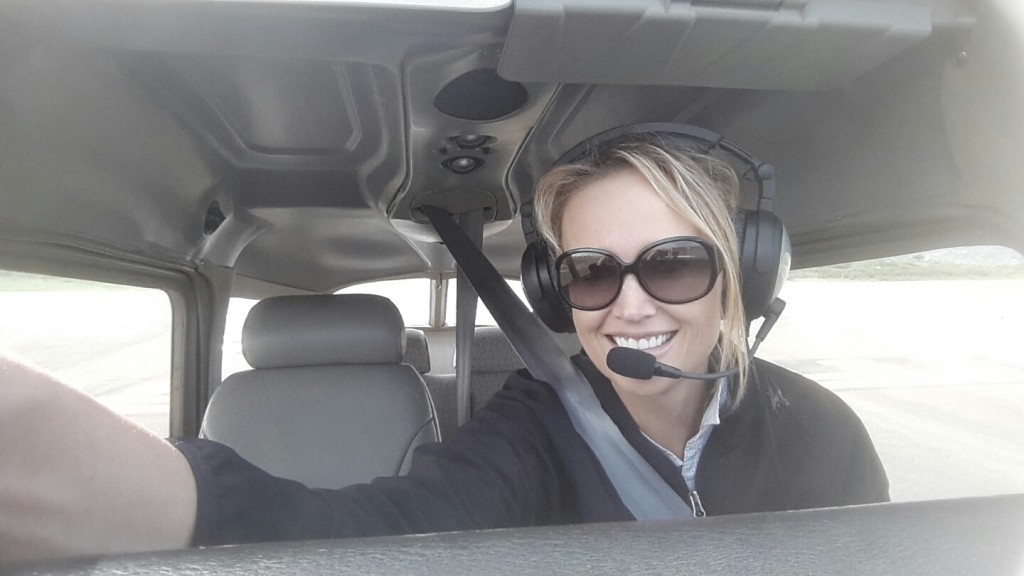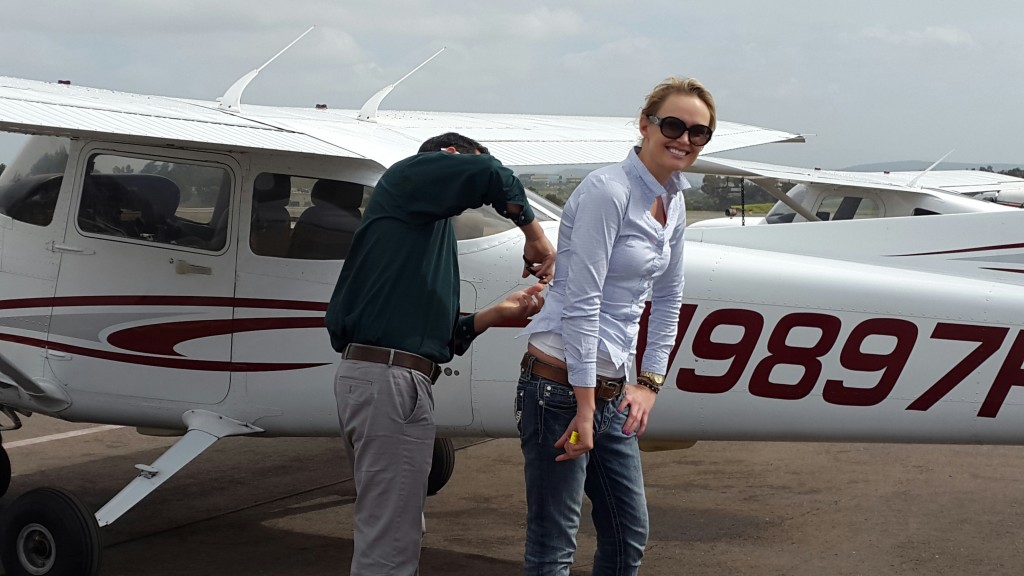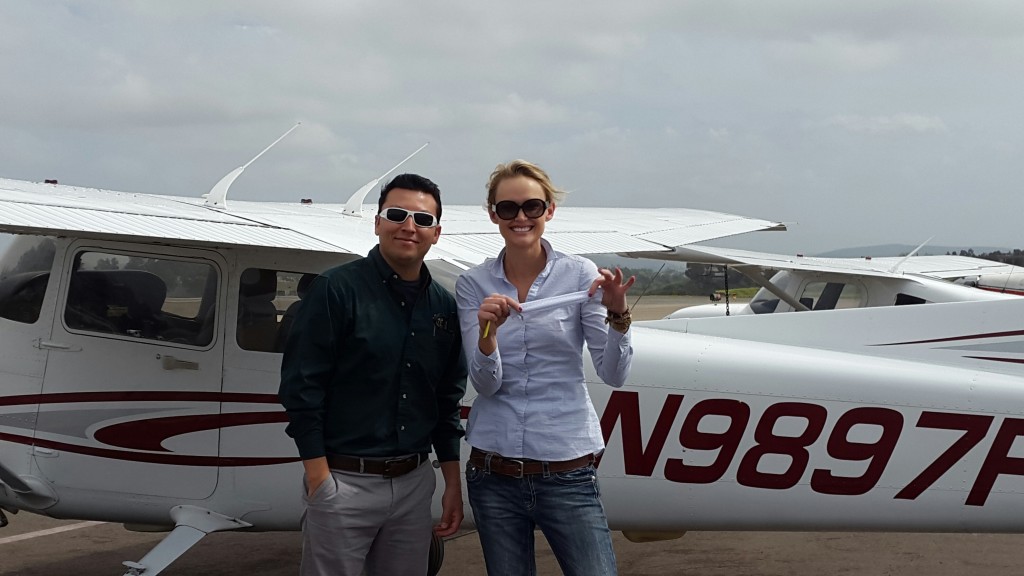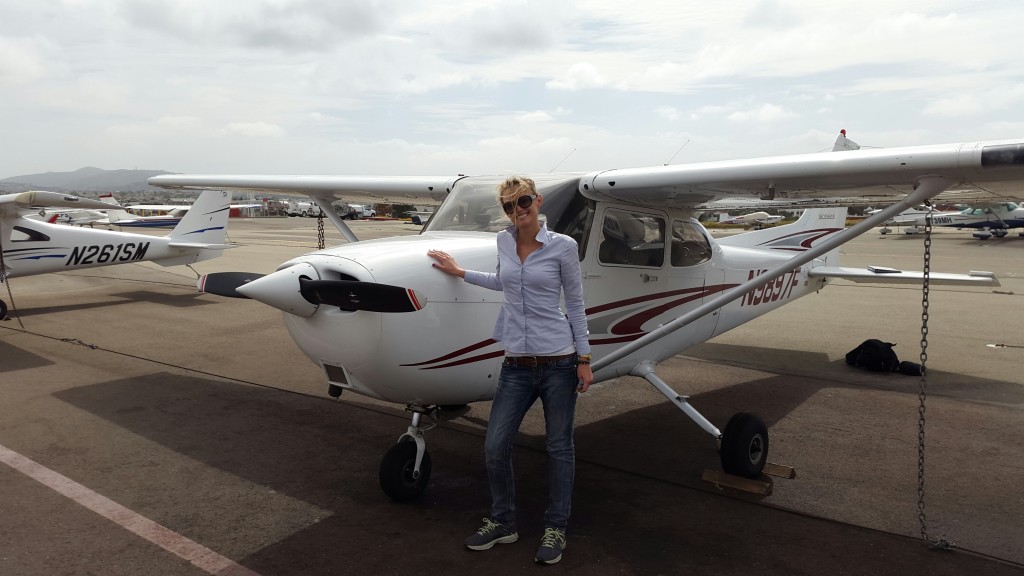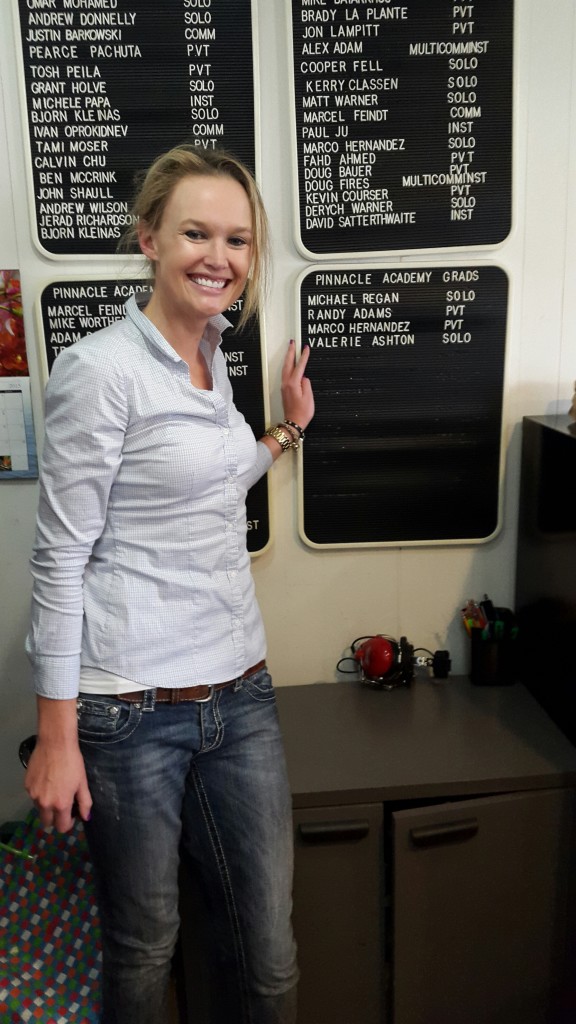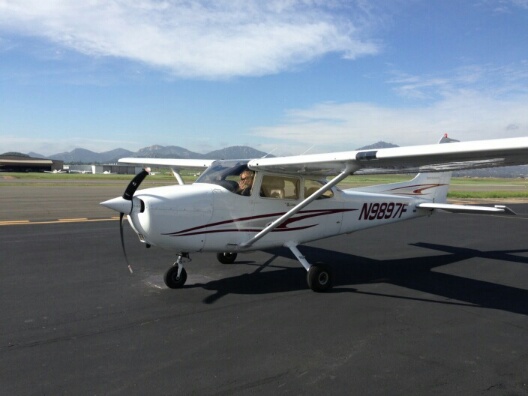Featured Youtube Video
My Latest Instagram Post
Instagram did not return a 200.Categories
- About Me (3)
- Adoptable Pups (1)
- All Things Ava (1)
- Aviation Weather (8)
- Beauty & Fashion (2)
- Business of Aviation (2)
- Child Sexual Abuse (2)
- Cross Country Flying (8)
- Dangerous Drugs (4)
- Dog Rescue (3)
- FAA Dispatcher Exam Prep (3)
- Favorite Things (7)
- Flying Lessons (25)
- Grieving (1)
- Holiday Fun (2)
- Home Decor (2)
- Hotel Reviews (1)
- IFR Written Test (3)
- Inspiration (4)
- Instrument Checkride Preparation (5)
- Legal Marketing (7)
- Life with a Toddler (6)
- Motivation (3)
- Movies (2)
- Music (3)
- Personal Injury Law (6)
- Private Pilot Exam (12)
- Recipes (2)
- Song Meanings (1)
- Taylor Swift (1)
- The Bachelor (1)
- VOR (1)
- Work Travel (1)
Recent Posts
- Save Energy and Save Money ~ Get $10 When you Sign up with OhmConnect!
- 2018 Review: Sheffield School of Aeronautics – Dispatch School in Fort Lauderdale
- Kitchen Table Sanding & Refinishing Project – Dewalt Sander and Minwax Stain
- Pokolodi Lodge Review – Aspen Snowmass, CO
- Aircraft Dispatcher Exam: Lesson Two (Aerodynamics and Aircraft Systems) – Wing Lift Devices
Categories
- About Me
- Adoptable Pups
- Aerodynamics and Aircraft Systems
- All Things Ava
- Aviation Weather
- Beauty & Fashion
- Business of Aviation
- Child Sexual Abuse
- Cross Country Flying
- Dangerous Drugs
- Dog Rescue
- FAA Dispatcher Exam Prep
- Favorite Things
- Flying Lessons
- Grieving
- Holiday Fun
- Home Decor
- Hotel Reviews
- IFR Written Test
- Inspiration
- Instrument Checkride Preparation
- Legal Marketing
- Life with a Toddler
- Motivation
- Movies
- Music
- Personal Injury Law
- Private Pilot Exam
- Recipes
- San Bernardino City Shelter
- Song Meanings
- Taylor Swift
- The Bachelor
- VOR
- Wing Lift Devices
- Work Travel
First Solo Flight – March 18, 2015 – Ramona Airport (KRNM)
Yesterday, a lifelong dream came true – I flew SOLO for the first time! And not even at my home airport, I did my solo at Ramona! We went there because of the cloud cover at Carlsbad. A solo flight consists of three takeoffs and three landings – and they all went great. I was very nervous but as soon as my instructor Andy hopped out, all the training kicked in and I was able to focus. After we got back to Carlsbad, Andy cut the back of my shirt off, a instructor-student solo pilot tradition. This is only the beginning and I cannot wait to see what the future holds, and share the adventure of aviation with family, friends, and lots of rescued canine passengers.
Inflight Emergencies: Knowing what to do if the engine quits
Tomorrow is my pre-solo stage check, second attempt (second go around). I literally had to “go around” after my first landing at French Valley on the last stage check. I landed hard, and bounced. Fortunately, it wasn’t too disastrous, and the only thing that got hurt was my pride. But it definitely wasn’t a safe landing, and I realized I needed some more practice. I’ve had three lessons with my new CFI Andy, and tomorrow is the redo of the practical test portion. Tonight I’m reviewing maneuvers, stalls, slow flight, landings, and emergency procedures. Basically, I needed to be prepared for everything, because the next step is the solo flight.
Inflight Emergency Engine Failure – the ABC’s
I know from reading my Pilot Operating Handbook / Information Manual, that with proper preflight inspections and maintenance, inflight emergencies caused by aircraft or engine malfunction are extremely rare. Still, it’s important to know what to do, because my life is at stake, as well as the lives of my passengers and people on the ground. It’s easy to recite a list of procedures on the ground, but it’s harder to remember everything when it’s actually happening. That’s why we have acronyms, and checklists.
A=AIRSPEED (Best Glide Speed – 65 KIAS). Pitch and maintain so as to stay aloft as long as possible.
B=BEST LANDING AREA. Look for a safe, flat and level area to land, keeping in mind that it may be underneath you or behind you. Immediately start heading towards that area and commit to it
C= CHECKLIST. This is situation permitting. If you are 500 feet above ground, you may not have time to pull out your checklist. But if you are 4,000 feet in the air, you should attempt an engine restart if possible. I learned to use the “7-UP Checklist”, start at the bottom and think of the shape of the number “7”.
Fuel Shutoff Valve – On
Fuel Selector – Both
Mixture – Full Rich
Throttle – Power Set
Master – On
Aux Fuel Pump – On
Ignition – Start
Assuming the engine does not restart, Squawk 7700 and make a Mayday call on 121.5. Do not add flaps until you know you have the field made. Here is a video that I found helpful:


